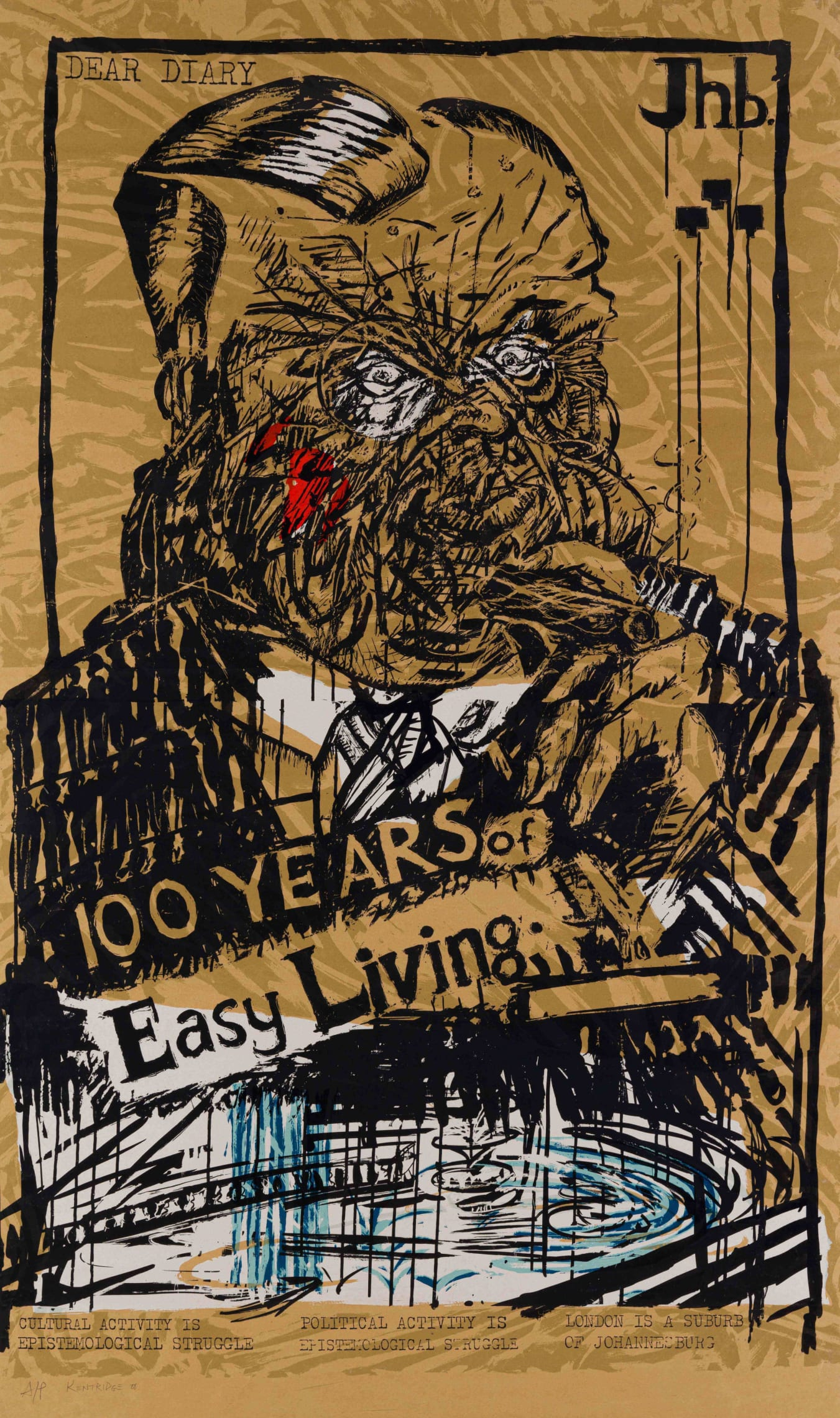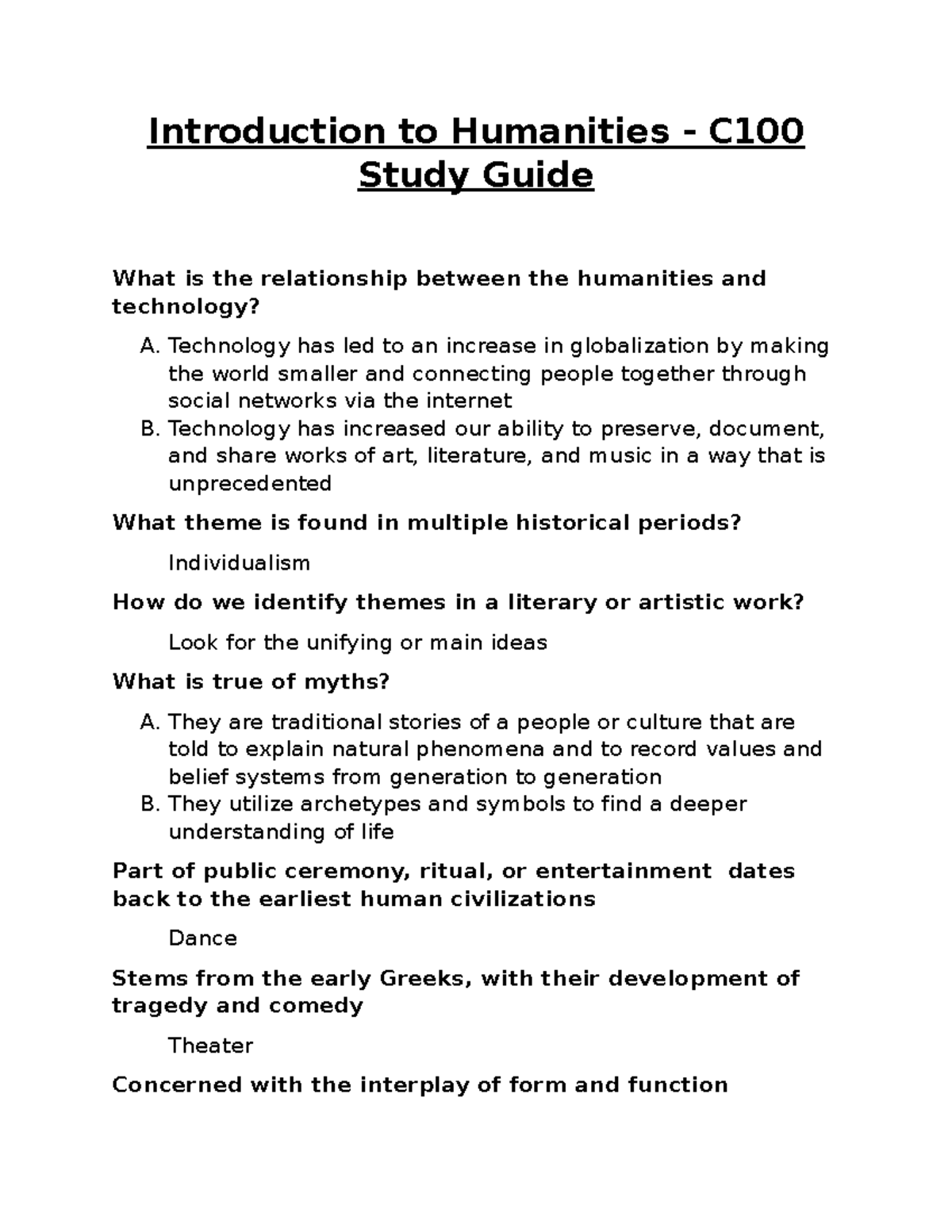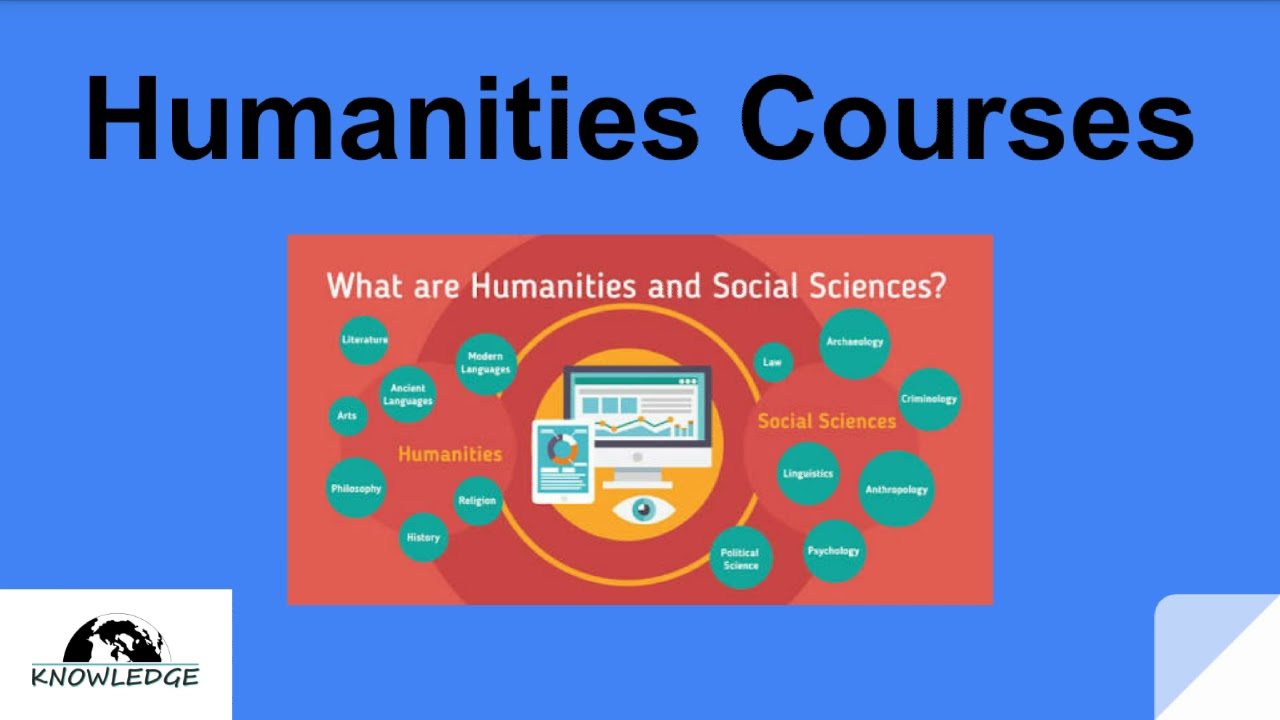Art in a state of siege embodies the profound struggle between creation and chaos that artists grapple with during tumultuous times. It acts as a mirror, reflecting societal anxieties while simultaneously becoming a form of resistance against political unrest. Joseph Koerner’s exploration of this theme unravels the artistic expressions captured in works such as Max Beckmann’s striking self-portrait and Hieronymus Bosch’s enigmatic triptychs. As viewers engage with these masterpieces, they’re invited to analyze the fraught relationship between art and its context, discovering how these pieces not only represent their creators’ musings but also serve as strategic commentaries on turbulent times. This dialogue between art and chaos offers a unique lens for understanding the layers of political unrest art analysis, proving that in the face of adversity, artists often transform their pain into powerful narratives that resonate across centuries.
The concept of creativity under duress also encompasses the notion of artistic resilience amidst upheaval. Works like Bosch’s “The Garden of Earthly Delights” and Beckmann’s evocative self-portrait invite an alternative dialogue on the interplay between art and the prevailing social climate. As we examine art as a form of expression during crises, we uncover profound insights into how artists convey meaning through tumult. This exploration of creative output during states of emergency highlights the broader significance of artistic responses to chaos, revealing how artworks can become potent symbols of both despair and hope. In connecting these themes, we gain a richer understanding of the historical and emotional landscapes that shape art, thus nurturing a deeper appreciation for the artists who rise to address these formidable challenges.
Understanding Art in a State of Siege
The phrase ‘art in a state of siege’ epitomizes a condition where art becomes a mirror reflecting the chaotic turbulence of its time. Coined by artist William Kentridge, it captures the essence of how art engages with the surrounding reality, particularly during periods of political unrest. In this framework, artworks are not mere expressions of aesthetic sensibility; rather, they become vessels of commentary and reaction. Joseph Koerner, in his exploration of various artists, illustrates that during times when law and order appear to be suspended, the role of art shifts dramatically, offering not only insights into despair but also potential pathways for understanding and healing.
Consider the works of artists like Max Beckmann, who grappled with the fallout of a fractured society in post-World War I Germany. His self-portrait, embodied in a bold and confrontational style, serves as an example of ‘art in a state of siege.’ Beckmann’s portrayal highlights not just the personal turmoil of the artist, but also the collective anxiety of a nation on the brink of chaos. This interplay of personal and political is crucial, as it underscores art’s dual role: to document the horrors and provide a commentary that can resonate deeply in times of crisis.
The Political Context of Hieronymus Bosch’s Art
Hieronymus Bosch remains a pivotal figure when discussing art entwined with political unrest. His works, particularly ‘The Garden of Earthly Delights,’ resonate with existential questions that reflect the societal fears of his time, such as sin and moral decay amidst the threat of external adversaries. Bosch’s understanding of the human condition, particularly in relation to chaos and divine judgment, speaks volumes in a contemporary analysis, where audiences often project their own fears onto the surreal landscapes he created. This relationship between past and present highlights how viewers interpret Bosch’s chaotic imagery as a reflection of their current realities.
Additionally, Bosch’s art poses inquiries about the nature of the enemies we face. His ambiguous characters and the blurred lines between heaven and hell symbolize not only personal conflict but also societal discord. During periods of political unrest, the interpretation of these figures shifts, making them relevant as viewers seek to identify threats within their own lives. Thus, Bosch’s work transcends its historical context, becoming a poignant commentary on the enemy within and outside the self, illustrating how ‘political unrest art analysis’ can unlock deeper meanings in his creations.
Max Beckmann and the Self-Portrait in Tuxedo
Max Beckmann’s ‘Self-Portrait in Tuxedo’ is not merely an artistic milestone; it’s a profound statement born from the ashes of political turmoil in Germany. Created during a precarious period characterized by the collapse of democracy, Beckmann’s painting offers a window through which to view the artist as a defiant figure amidst chaos. The tension between the formality of the tuxedo and the raw emotionality emanating from Beckmann’s gaze encapsulates the struggle for identity under threat, transforming the self-portrait into an act of resistance against the rising tide of authoritarianism.
In examining Beckmann’s role as both an artist and a political commentator, it becomes evident that art functions as a strategic tool in ‘artistic response to chaos.’ His manifesto asserted the artist’s responsibility to navigate and make sense of the surrounding disorder. This was a time when art was not only a reflection of one’s inner life but also a weapon against the external chaos Democrats faced. The intricate details in Beckmann’s self-portrait force viewers to confront the unsettling realities of their environment—opening discussions on how art can act as both a refuge and an indictment of the prevailing political atmosphere.
The Significance of Art During Political Unrest
Understanding art created in times of political unrest allows us to appreciate its transformative power. Art during these periods is often rife with tension; it encapsulates the frustrations, fears, and hopes of individuals confronting adversity. Joseph Koerner highlights that rather than looking simply at the artists’ biographies, we should engage with how their art interacts with societal crises. This leads to a richer comprehension of their creative intentions—not just as reflections but as explorations of survival, resilience, and, sometimes, a call to action.
Furthermore, Koerner suggests that time and interpretation play pivotal roles in the appreciation of such artworks. As circumstances evolve, so too can the understanding of these pieces. Contemporary viewers may find resonance in historical works as they reflect present chaos. The study of art during politically charged moments thus serves a dual purpose: it fosters a connection across time while inspiring engagement within current societal issues, allowing art to bridge past and present, chaos and clarity.
Joseph Koerner’s Exploration of Artistic Responses
Joseph Koerner’s insights into how art serves as a response to sociopolitical upheaval reveal much about its relevance today. Koerner’s analysis of Bosch, Beckmann, and contemporary works positions them within a continuum where art becomes a historical document and a therapeutic tool. His exploration illuminates how art serves as a commentary on the human condition amid crises, embodying the collective consciousness’ desire to make sense of disorder.
In his book ‘Art in a State of Siege,’ Koerner emphasizes the inherently reactive nature of art. Rather than being passive reflections, these artworks actively engage viewers, prompting them to confront their realities and seek meaning within chaos. This dialectic relationship is crucial, as art not only captures the essence of siege but also invites dialogue about future actions in the face of adversity.
Revisiting Hieronymus Bosch’s Legacy
Hieronymus Bosch’s work continues to captivate art historians and cultural commentators alike, particularly in discussions surrounding his legacy in addressing the multifaceted nature of evil. His interpretations have evolved tremendously since his time, reflecting contemporary anxieties over societal divisions and moral ambiguity. In an era rife with political unrest, Bosch’s surreal imagery encourages current audiences to confront their own trials and tribulations, making him a pertinent figure in modern political art discussions.
Additionally, Bosch’s profound questions about the nature of existence, sin, and societal consequences resonate in today’s climate, where fears of division and conflict are prevalent. As audiences project their fears onto his work, they find in Bosch a complex commentary on humanity’s struggles. This enduring relevance underscores the importance of revisiting Bosch’s legacy, expanding upon the ‘Hieronymus Bosch meaning’ as it relates to our contemporary artistic and existential inquiries.
The Role of Art in Shaping Public Perception
Art’s transformative potential extends beyond its creation; it also plays a critical role in shaping public perception during times of unrest. Artists like Beckmann harness the chaotic energy of their societies, channeling it into works that challenge viewers to reflect on their realities. This influence can either galvanize political movements or provide comfort, underscoring the dual power of artistic expression. As discussed by Koerner, understanding these dynamics can enhance our appreciation of the relationship between art and activism.
Furthermore, the role of art in society implies a responsibility. Artists, as political commentators, influence how events are recalled and understood. By bringing attention to issues of injustice and moral quandaries, they wield the power to mobilize audiences, providing clarity in confusing times. This underscores the necessity of analyzing how artists respond to chaos, positioning them not just as creators but as active participants in the socio-political discourse.
Navigating the Complexities of Artistic Interpretation
Art interpretation is a nuanced field that demands an understanding of not just the works themselves but also the contexts in which they were created. Koerner’s focus on art during states of siege invites a complex understanding of how artists navigate political landscapes, blending personal experience with broader societal narratives. This complexity often leads to multifaceted interpretations; for instance, Bosch’s whimsical imagery can evoke vastly different themes depending on the viewer’s background and perspective.
Additionally, it is essential to recognize the limitations of singular interpretations. Art does not exist in a vacuum; it evolves in dialogue with historical events and cultural shifts. The interplay between the artist’s intention and the viewer’s perception creates an ever-changing tableau, reflecting not only personal encounters but also collective experiences of strife. Thus, navigating these complexities adds depth to our understanding of artworks as living entities that bear witness to the state of their times.
Historical Context and Contemporary Relevancy in Art
The historical context surrounding significant works of art provides insights into their relevancy today. Understanding the turmoil that inspired artists like Bosch and Beckmann allows viewers to glean deeper meanings, as these artists resonated with the fears and hopes of their time. As Joseph Koerner argues, when art emerges from sociopolitical duress, it encapsulates a collective sentiment that remains pertinent for future generations. This connection strengthens the case for examining these pieces not merely as relics of the past, but as living dialogues with contemporary issues.
Moreover, the contemporary relevancy of such artworks serves as a reminder of the cyclical nature of chaos and stability in society. Today, as we face our own challenges, these artworks prompt reflection on how history informs current struggles and how artistic expression can facilitate understanding and growth. The question, then, becomes not just what these works signify in their original context, but how they inspire ongoing conversations about resilience and the human spirit amidst adversity.
Frequently Asked Questions
What is the concept of ‘art in a state of siege’ as discussed by Joseph Koerner?
In Joseph Koerner’s analyses, ‘art in a state of siege’ refers to how artworks respond to periods of political unrest, representing both danger and guidance for viewers in tumultuous times. He examines how artworks from diverse eras resonate with contemporary crises, transforming into symbols or omens relevant to current societal conditions.
How does Joseph Koerner interpret Bosch’s ‘The Garden of Earthly Delights’ in relation to political unrest?
Joseph Koerner highlights that Bosch’s ‘The Garden of Earthly Delights’ provokes questions about morality and human experience during chaotic times. The ambiguity of its central panel invites viewers to project their own contexts of sin and chaos, aligning the artwork with notions of enemy and ally amid societal tensions.
What insights does Max Beckmann’s self-portrait provide on the role of art during periods of chaos?
Max Beckmann’s self-portrait, created in the wake of political upheaval in Germany, embodies the artist’s assertion that art can act as a stabilizing force. Beckmann perceived the artist as a decision-maker who counters chaos, a theme that resonates deeply in discussions about art’s potential impact during times of political unrest.
Why is Hieronymus Bosch significant for understanding art in a state of siege?
Hieronymus Bosch is pivotal in discussions of ‘art in a state of siege’ because his works encapsulate the societal anxieties of his time, depicting a world fraught with moral dilemmas and existential threats. Koerner illustrates how Bosch’s imagery serves as a lens for interpreting contemporary fears of chaos and conflict.
What does Joseph Koerner mean by ‘artistic response to chaos’ in his recent book?
In ‘Art in a State of Siege’, Joseph Koerner explores how artists respond to chaos through their work, reflecting societal turmoil. This artistic response is not only about the creation of beauty but also emphasizes engaging viewers in the complex emotional landscape shaped by political strife and crisis.
How do viewers relate to art during times of political unrest, according to Koerner?
According to Koerner, viewers often project their personal and societal experiences onto artworks during times of political unrest. This interaction transforms art into a space of reflection, where chaotic circumstances prompt collective introspection about identity, allegiance, and morality.
What role do artworks play as omens of the future in Koerner’s analysis?
In Koerner’s view, artworks created during crises serve as omens, offering insights into potential futures shaped by ongoing political and social struggles. They bridge the historical context of creation with contemporary interpretations, urging viewers to reconsider their place within an evolving narrative.
How can understanding art from periods of turmoil influence modern political discourse?
Studying art from periods of turmoil allows contemporary societies to glean lessons from the past. By engaging with the emotional and thematic weight of these works, individuals can foster discussions surrounding resilience, identity, and the human condition within the framework of current political discourse.
| Key Concept | Details |
|---|---|
| Art in a State of Siege | A term coined by William Kentridge, referring to art’s role in expressing and responding to political unrest. |
| Joseph Koerner’s Analysis | Koerner examines historical artworks to explore viewers’ perceptions during political turmoil. |
| Hieronymus Bosch | Known for depicting chaos and moral ambiguity in artworks, reflecting the conflicts of his time. |
| Max Beckmann | His self-portrait symbolizes the artist’s role as a decision-maker in chaotic political environments. |
| Relevance of Art During Crises | Art from times of unrest captures complex emotions and societal struggles, differing from traditional narratives of triumph. |
| Interpretation of ‘The Garden of Earthly Delights’ | Bosch’s triptych challenges viewers to discern good from evil, reflecting their individual fears and societal anxieties. |
| Political Influences in Art | Art can be weaponized in power struggles, with regimes using it to promote ideologies or suppress dissent. |
Summary
Art in a state of siege acts as a powerful reflection of society’s turmoil and unrest. The analysis provided by Joseph Koerner showcases how artworks, such as those by Bosch and Beckmann, not only embody the chaos of their periods but also invite contemporary viewers to project their own interpretations onto them. During times of political strife, art serves as both a mirror and a guide, emphasizing the complexities of human emotions and societal values. In exploring these pieces, we recognize how deeply interconnected art is with the human experience, especially in moments when the fabric of society appears to unravel.




